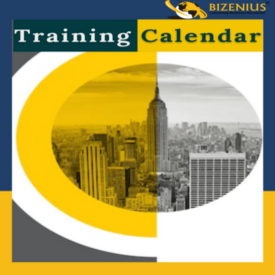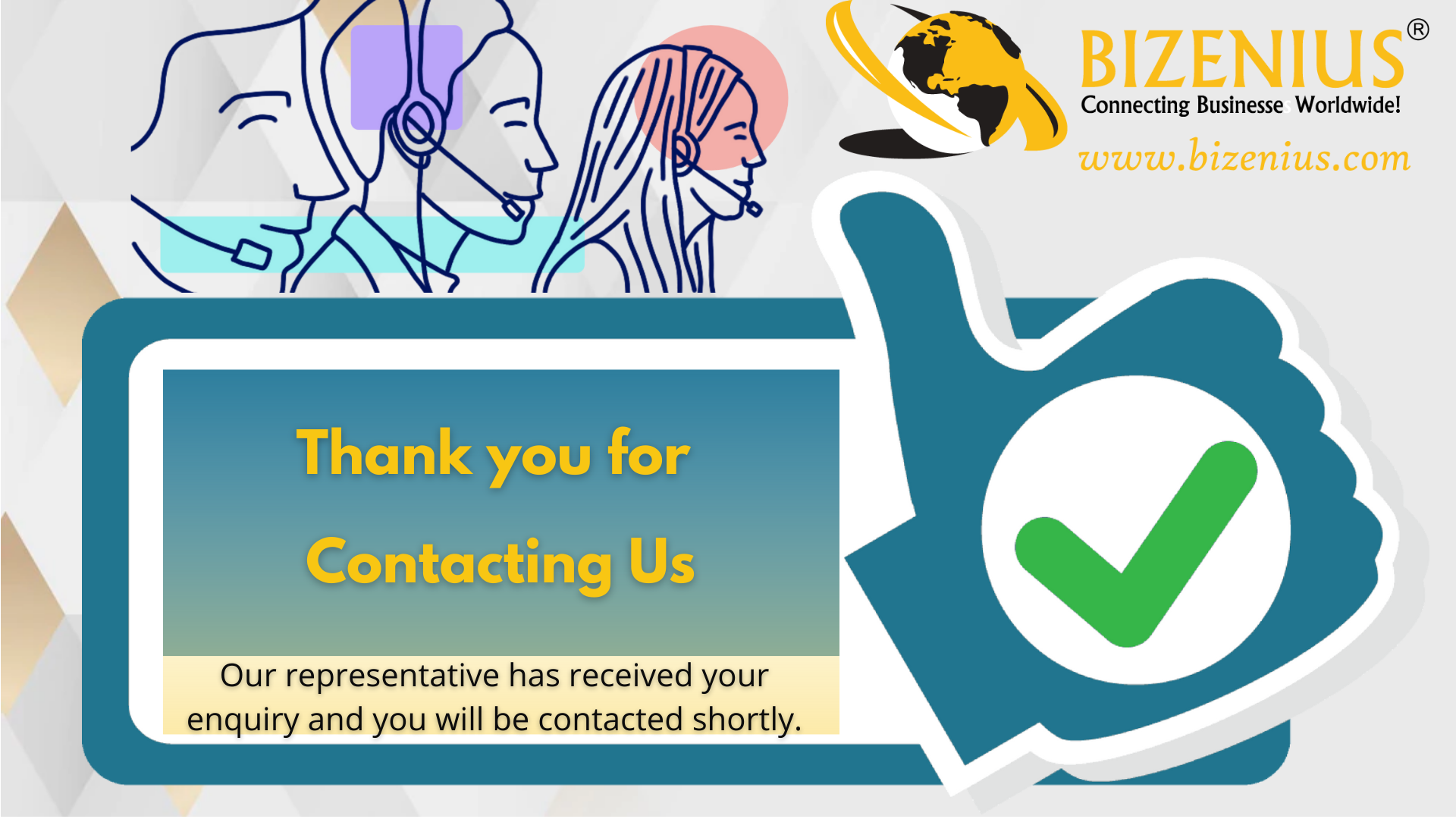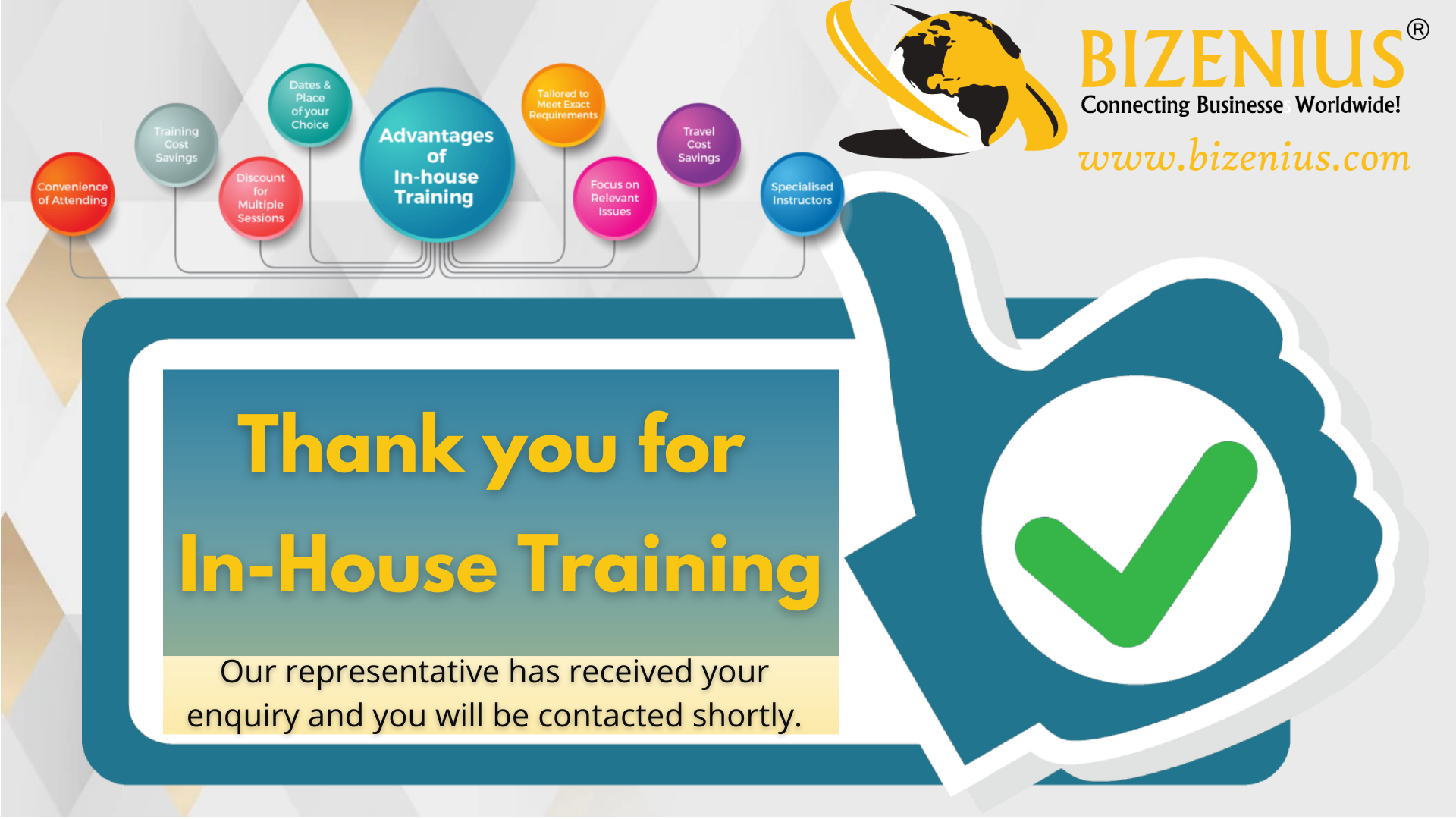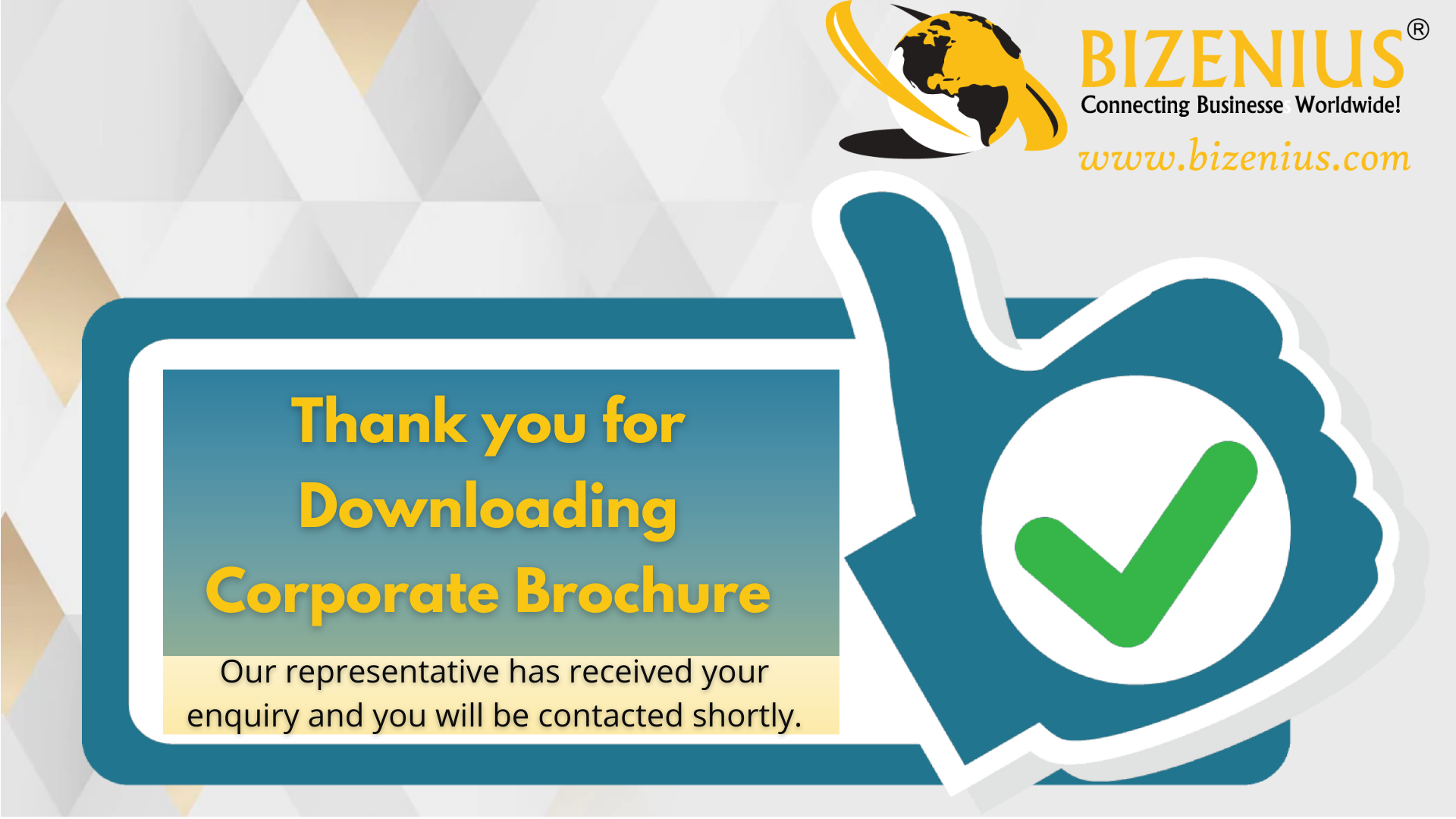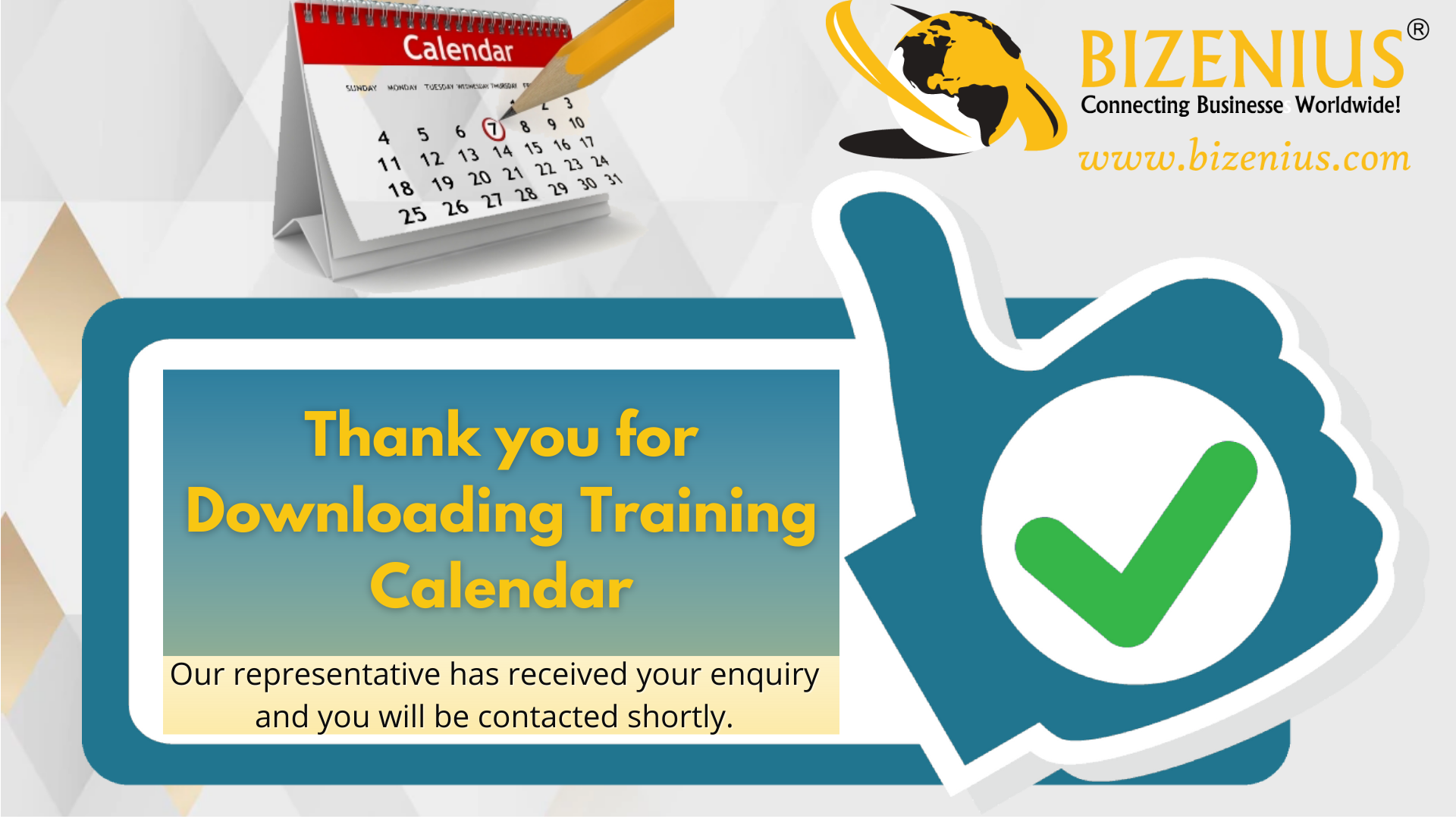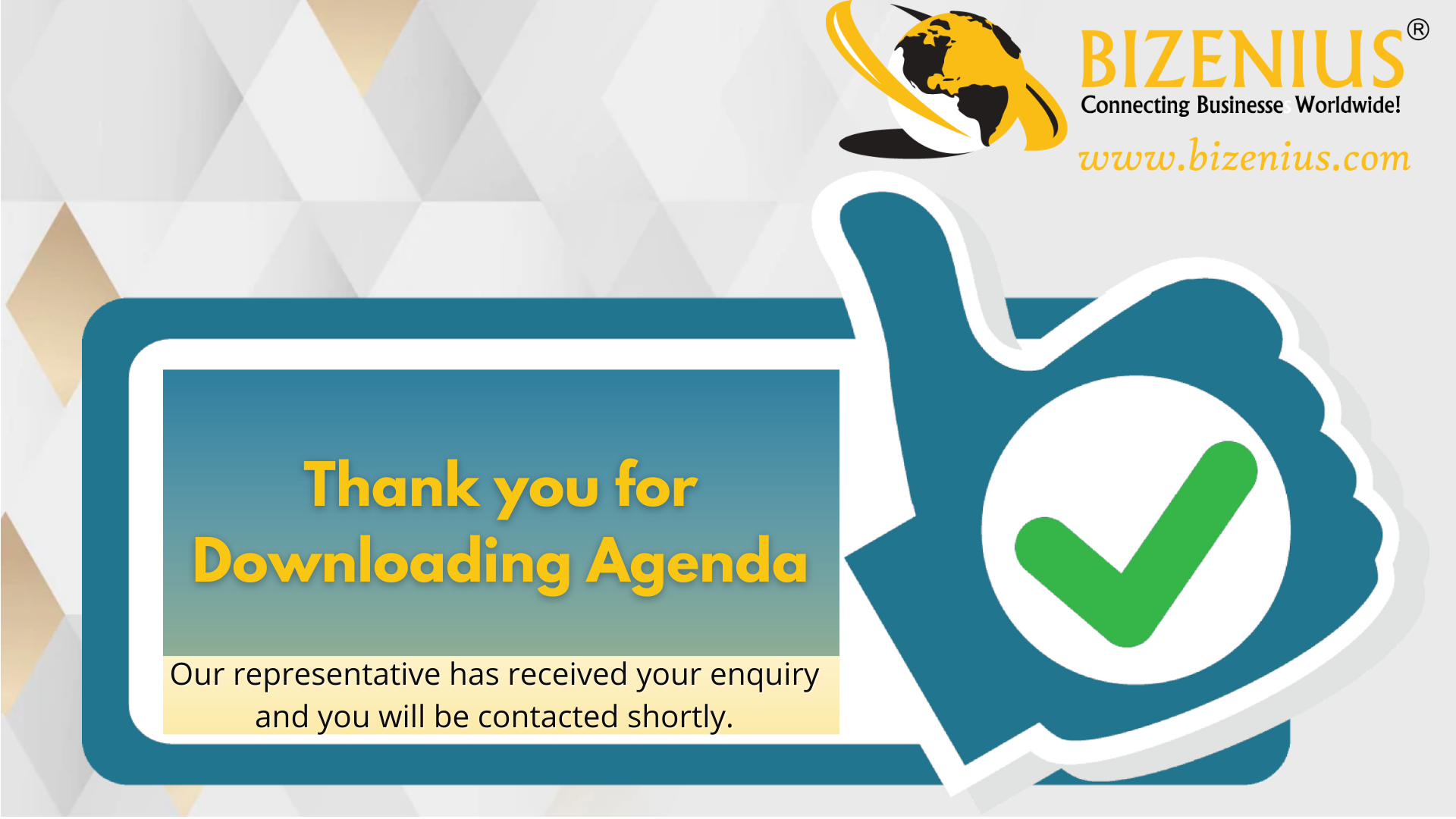ICAAP & ILAAP Masterclass: Practical Implementation of Capital and Liquidity Risk Frameworks
“Building Resilience Through Compliance: Your Path to Mastering Reporting and Regulatory Excellence.”

Course Overview
Strengthen your institution’s internal risk and liquidity frameworks with our ICAAP & ILAAP Masterclass, a comprehensive two-day masterclass designed to guide banks and financial institutions through the practical implementation of the Internal Capital Adequacy Assessment Process (ICAAP) and the Internal Liquidity Adequacy Assessment Process (ILAAP).
Rooted in Basel II/III guidelines and tailored for emerging and developing markets, this bilingual (English & French) training provides an end-to-end approach to building or enhancing ICAAP and ILAAP frameworks. Participants will gain hands-on experience, ready-to-use templates, and real-world case studies that support regulatory compliance, improve internal governance, and prepare for effective supervisory engagement (SREP).
Whether your institution is in the early stages of implementation or seeking to upgrade an existing framework, this course ensures participants walk away with practical tools and a clear roadmap to embed ICAAP and ILAAP into enterprise-wide risk management and strategic planning.

BENEFITS OF ATTENDING
- Grasp the foundational principles of ICAAP and ILAAP under the Basel framework.
- Understand the supervisory review process (SREP) and its implications.
- Define roles and responsibilities for governance, oversight, and execution.
- Identify material risks beyond Pillar 1 – including credit, market, operational, IRRBB, and liquidity risks.
- Quantify capital requirements using simplified and internal models.
- Build a comprehensive risk inventory and assess risk materiality.
- Design forward-looking capital plans over a multi-year horizon.
- Conduct internal stress tests: single-risk, combined, and reverse scenarios.
- Translate stress test results into capital and liquidity buffers.
- Assess liquidity risk exposure through cash flow mismatches and funding gaps.
- Calculate and interpret LCR, NSFR, and survival horizons.
- Develop a contingency funding plan aligned with business continuity.
- Integrate ICAAP and ILAAP outcomes into business strategy and ALCO reporting.
- Align internal risk processes with regulatory expectations and audit.
- Prepare robust ICAAP and ILAAP documentation for board and regulators.
- Benchmark internal practices against international and regional standards.
- Leverage Excel-based tools and templates for reporting and quantification.
- Improve coordination between Risk, Finance, Treasury, and Internal Audit.
- Build confidence in SREP reviews, on-site inspections, and regulatory dialogues.
WHO SHOULD ATTEND
This ICAAP & ILAAP Masterclass is ideal for professionals in banks and financial institutions across all jurisdictions, including:
- Chief Risk Officers (CROs)
- Chief Financial Officers (CFOs)
- Heads of Risk, ALM, and Treasury
- Basel Compliance and Regulatory Reporting Teams
- Internal Auditors and Risk Controllers
- Risk Analysts and Capital Planning Officers
- Strategy, Governance, and Corporate Planning Teams
- Board Members and Risk/ALCO Committee Members
- Supervisors, consultants, and advisory professionals working with banks
- Senior management of development banks and microfinance institutions


IN-HOUSE
Our Tailored Learning Offering
Do you have five or more people interested in attending this course? Do you want to tailor it to meet your company’s exact requirements? If you’d like to do either of these, we can bring this course to your company’s office by offering our classroom program or LIVE Online. You could even save up to 50% on the cost of sending delegates to a public course and dramatically increase your ROI.
Top Quality
From the Boardroom to the front line, we can deliver engaging, multi-faceted learning programmes that will nurture the skills needed to fast-track development and enable teams to flourish.
Best Way
We combine the right blend of formal, informal, online and classroom techniques to increase your employees’ knowledge retention, drive collaboration, and create social learning communities.






































